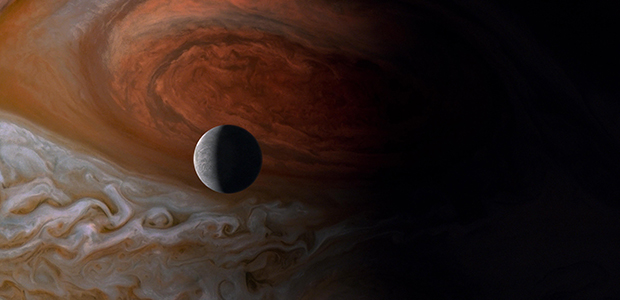
Terrence Malick’s Voyage of Time, his first foray into documentary filmmaking, proves his esoteric approach remains both inimitable and valid even when transposed to a completely different genre. Working more as a companion piece to his 2011 masterpiece Tree of Life, the film expands on the baffling cosmic creation sequence first seen there. While much of Voyage of Time functions to provide more substance to that film, it also creates new imagery that adds to the fascinating legacy of its director, becoming a crash course in the history and predicted demise of the entire world we inhabit.
In some ways, Malick has been working towards this, adding pieces to it, his entire career. Those who have been following his work will know of his desire to direct a film he referred to as Q, which would have explored the creation of the universe. This never came to be but parts of this concept were used, rather ingeniously and to unprecedented effect, in Tree of Life, though Malick obviously felt there was more of that story to tell, which is what became the genesis of Voyage. The finished product is thus nothing if not ambitious. It literally strives to present the birth of the universe, traversing through space, time, planets, galaxies, formation of life, through to the end of time.
The visuals are glorious; meticulously recreating what we can only perceive was how this world came to be. There is a lot of what we first saw in Tree of Life encapsulating everything from the macro to the micro, from star creation to cells splitting at an atomic level. This should not come as a surprise if you’re familiar with Malick’s body of work. As a director, it was always clear that he has been more fascinated with his environment, philosophical voice-overs and mankind’s reluctant subservience to nature. All of this culminates with Voyage in ways that are both extremely immersive but also sometimes feel unapproachably abstract. One of the reasons for this is Cate Blanchett’s narration, which uses allegory to give contextual meaning to the visuals but does less to explain what’s happening, resulting in it being little more than ruminations of a restless being. While this worked marvelously in Tree of Life, without a story or narrative to anchor these descriptions, they feel vague and even unnecessary, even if the grandiose nature of the situation seemingly demands for it.
At a mere ninety minutes, Voyage makes for brisk viewing and is Malick’s shortest film. For those invested in the journey, the captivating visuals alone are worth your time and stirring sequences like the one featuring cavemen interacting, hunting and encountering their surroundings are reminiscent of both Quest for Fire and Malick’s own The New World with its sense of awe-struck discovery. A Malick film isn’t for everyone. Even in his most conventional films, a plot is usually an afterthought. In a documentary such as this, it becomes less relevant. Even those that enjoy his work may, therefore, find Voyage to be sometimes obtuse but despite its limitations, the finished product is indescribably watchable and worthy of the attention of serious cinephiles.
Rating: 



